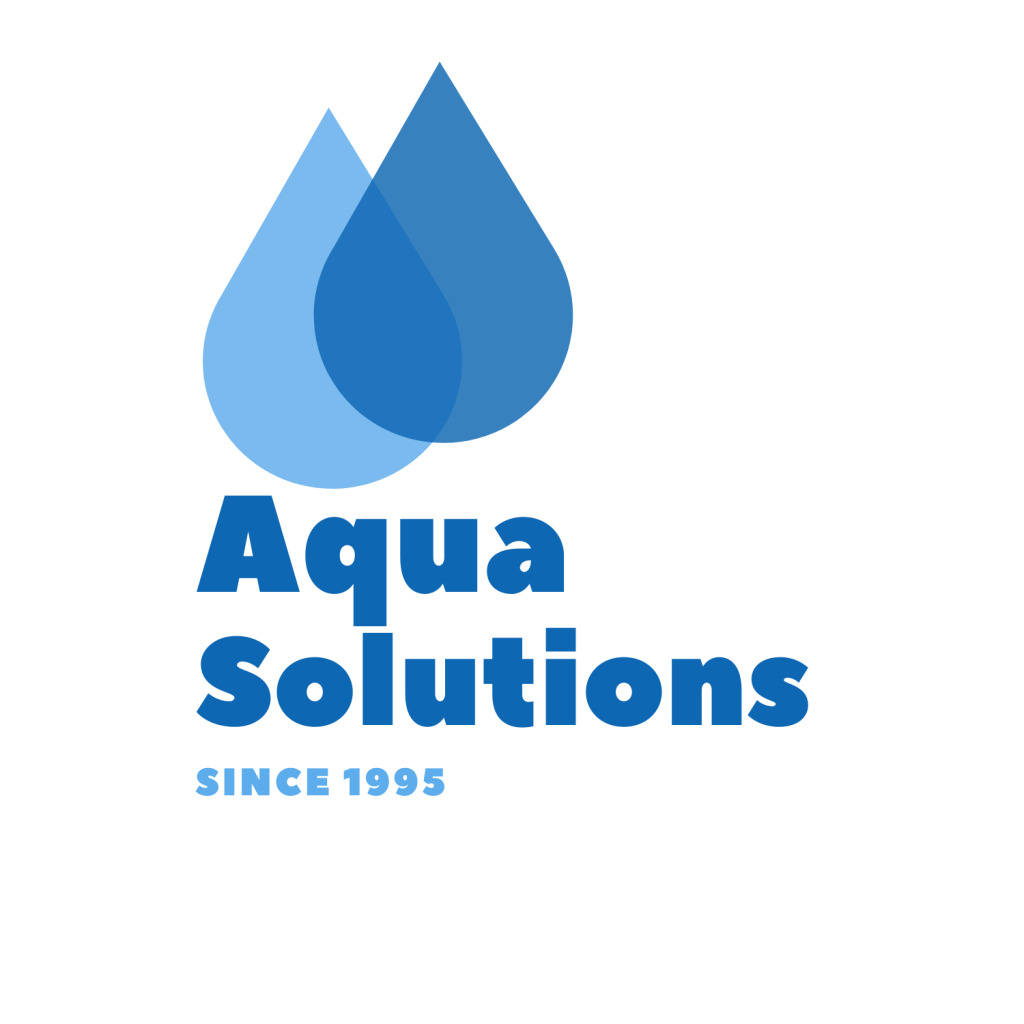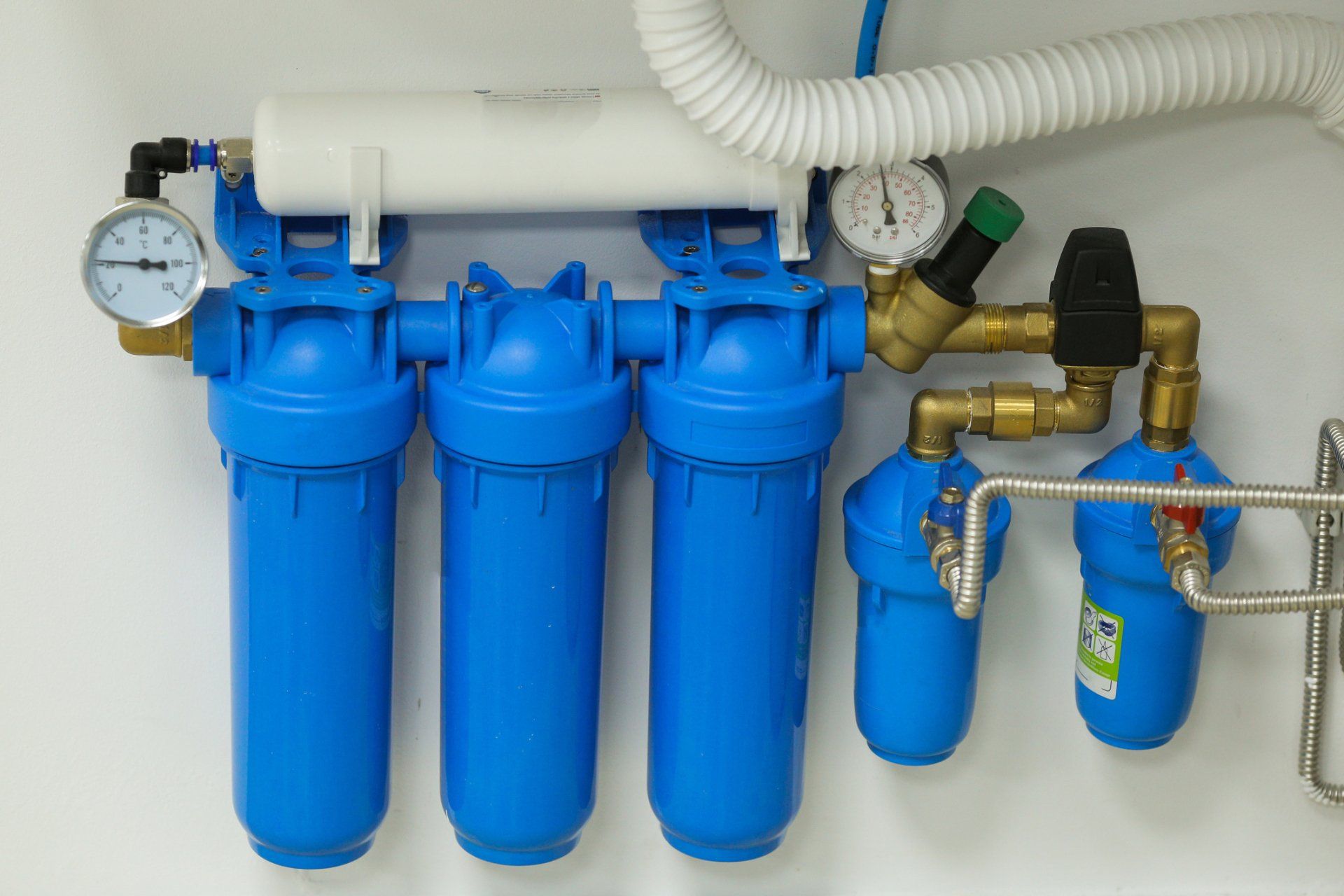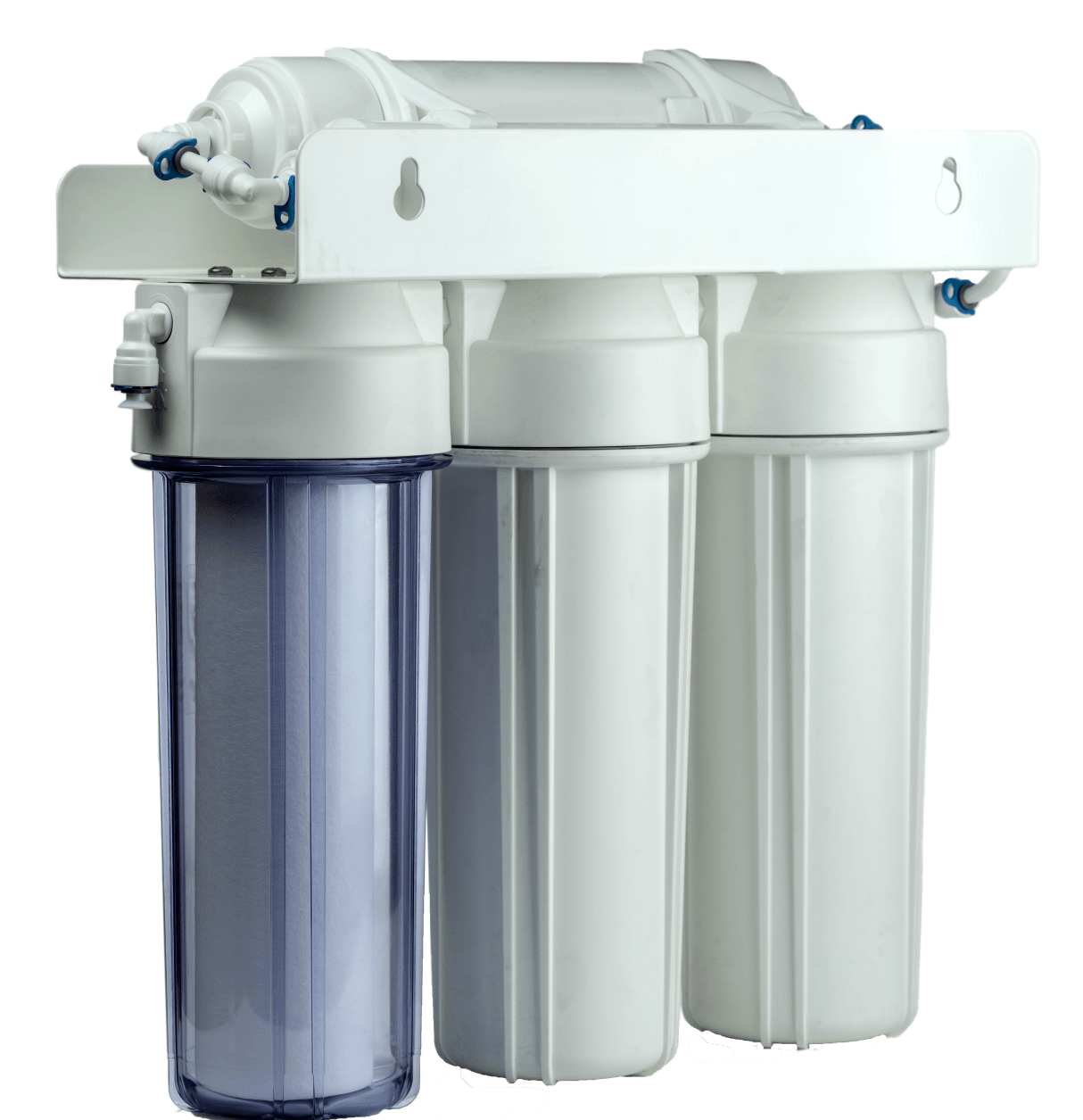Water Filtration Systems
Our systems are capable of filtering water for your entire home or business. We'll help you find the best fit!
Whole Home Water Filtration
What starts in your imagination comes to life on your screen. This app is simple to use, and brings a world of creativity into your life by enabling you to build reality out of dreams.
Our Water Filtration Systems
There are many different methods of filtrating iron that we use to purify water on peoples homes, it all depends on the media we use inside the tank, and by manipulating the mechanics of the head to get our results. The system installation is very simple and similar to the installation of a water softener, what we use all depends on the type of issues that you are having with your water, and what all you want solved. Schedule your consultation to learn more about our variety of whole home water filtration systems.
Filtration Methods
Water Treatment FAQs
Answering All Your Water Softener Questions









